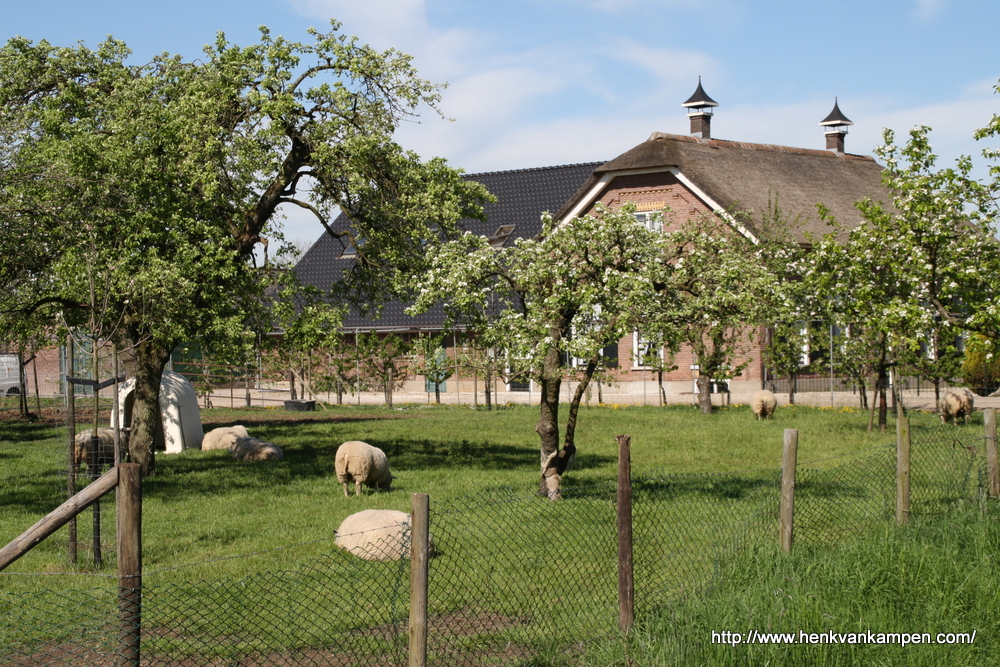Last week I wrote about my ancestor Pieter Wiesenekker, a German who settled in Holland. I hypothesized that his parents could be Johann Peter Wiesenecker and Anna Christina Laun. According to Dutch records, the names of both this ancestor and his father are Pieter (or Peter). In the German records I looked at last week I found Johann Peter Wiesenecker, who baptized a son Johann Peter. Why would Johann Peter be known as Peter in Holland, and not as Johann (or his full name, Johann Peter)? Am I on the wrong track?
I went back to the indexes of German marriages and German baptisms to reconstruct Johann Peter’s family.
Johann Peter Wiesenecker, son of Nicolas Wiesenecker, and Anna Christina Laun, daughter of Balthasar Laun, married on 17 January 1743 in Bauschheim, Hessen, Germany. They had at least four children: Johann Balthasar (1744), Johann Philipp (1747), Anna Barbara (1751), Johann Peter (1755).
Three sons, all three called Johann! I expect that at least two of them used their second given name. So Johann Peter probably used the name Peter, and it’s quite possible that he ended up under the name Peter in Dutch records. So my first attempt to disprove my hypothesis failed.
Of course, I also checked if Johann Peter married in Germany, but I could not find his marriage record.
Files: Pieter Wiesenekker, Johann Peter Wiesenecker, Anna Christina Laun.

A lot of times, children did not often last long and as a result, they would keep names until children survived.
True. But if Johann Balthasar did not survive long, would the next one not be Johann Balthasar too, instead of Johann Philipp and Johann Peter? (But, you have a point, I need to check if the children died before the next one was born or not.)